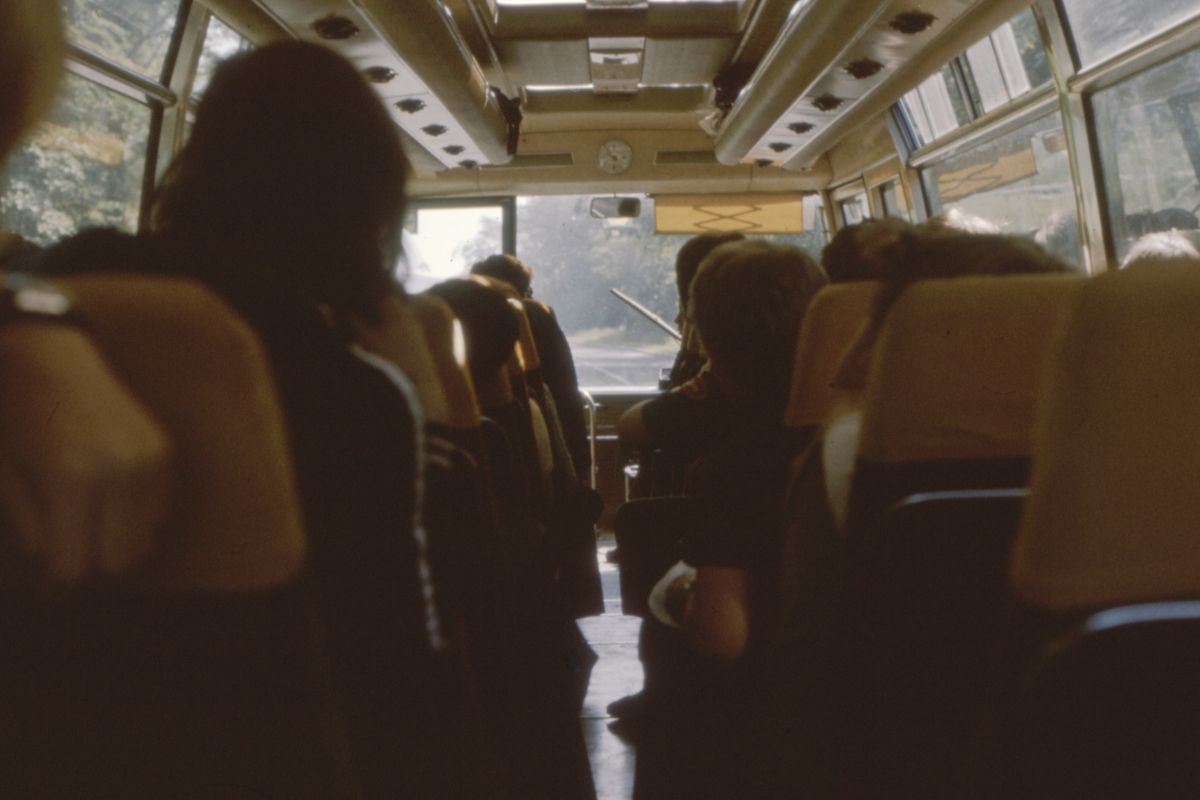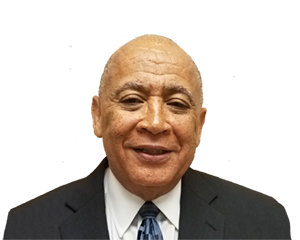Dedicated service: in the paratransit line of duty
We spoke to Doug Douglas about the future of paratransit.

 For this issue of The Review, we spoke to Doug Douglas, Vice President of Mobility Management Services for Dallas Area Rapid Transit, about the future of paratransit and how they are embracing new technologies to offer their users a better service.
For this issue of The Review, we spoke to Doug Douglas, Vice President of Mobility Management Services for Dallas Area Rapid Transit, about the future of paratransit and how they are embracing new technologies to offer their users a better service.
Public transit is an essential everyday service for millions of Americans, but for some it is much more than that, it is a lifeline.
Doug has dedicated 27 years of his working life to paratransit, the provision of public transportation services for people who are unable to use the fixed route (bus and/or rail) service. Nobody understands better than Doug what a difference paratransit services can make to the lives of some of the region’s most vulnerable citizens: “When you can’t travel freely, whether that’s because of mobility problems, or limited vision or mental health issues, you lose more than just the conveniences of life. You become a stranger in your own town; you begin to feel like a second-class citizen.”
The work of Doug and his team in the Dallas area allows more than 12,000 certified riders to escape the trap of immobility to be, as Doug puts it, part of mainstream society, “to work, to access lifesaving medical services, to enjoy aspects of life that most of us take for granted.”
The challenges are considerable. One-to-one support through the successful Travel Ambassador Program has many benefits, helping users to access services and plan journeys, but it is expensive and time-consuming. Many riders won’t be able to use the mainline bus and rail services even with individual support and will rely on curb-to-curb (sometimes even door-to-door) special services to help them navigate the 700 square miles covered by the DART program. These services are liberating but require careful planning and complex logistical support, which means the paratransit rider lacks the spontaneity that most of us take for granted, generally needing to plan a journey at least 24 hours in advance.
But Doug sees big changes coming. Already digital technologies are making planning and booking easier, and keeping travel information more accurate and up-to-date. The arrival of autonomous vehicles is also a tantalizing prospect. But it is the arrival of the Transportation Networking Services (TNCs) such as Uber and Lyft, which is making the biggest splash right now: “These services, so disruptive in some parts of the transportation eco-system, could be a natural fit for us in paratransit. In fact, some groups, especially those with visual disabilities, have been quick to adopt them for themselves. The technology to coordinate TNCs with our standard services is there, we just need to persuade users and legislators that it is practical and safe.”
A pilot service combining the TNCs with DART paratransit services has already indicated benefits in flexibility and spontaneity, and because many users enjoy the anonymity of the unmarked vehicles. However, unmarked vehicles also represent a risk, especially for this particularly vulnerable group of consumers. There is plenty of work ahead in assessing safety and reassuring legislators.
Nevertheless, Doug is optimistic. It seems to be a characteristic of his team, where long service is the norm. Both Tammy Haenftling, Assistant Vice President for Mobility Management Services Administration, and Donnie Thompson, Assistant Vice President for Mobility Management Services Operations and Contract Compliance, have served more than 30 years. It must have something to do with job satisfaction. As Doug says: “Public transit is often fascinating and challenging, but paratransit is something else, it is making a difference on a different order of magnitude. And even after 27 years, I feel we are just at the start.”



